318POG
Program
Urban project
Location
Schaerbeek
Date
2018 - 2024
Themes
Urban, Circular, Built, Public
Phase
Completed
Surfaces
18 305 m²
Team
Christoph Menzel, Ellyps, Radiance 35, Stratec
Client
RenovaS
Budget
€ 1 800 000
A project of urban acupuncture
The project to develop the public spaces in the historic centre of Schaerbeek is the ‘flagship’ operation of the Pogge Sustainable Neighbourhood Contract led by the municipality through RenovaS.
Endorsing the proposal to ‘reclaim public space’ planned in the base mission of the SNC (Alive Architecture & Taktyk 2017-2018), the project involves a sequence of public spaces that, from Place Colignon to Avenue Louis Bertrand, via Place Pogge and Place de Houffalize, strengthens the bond between this densely populated neighbourhood and the Josaphat Park. This sequence of open spaces is punctuated by a series of emblematic buildings, each of which reflects in its own way the different stages in the construction of the neighbourhood: the town hall, Les Ecuries van de Tram, the Neptunium municipal swimming pool and finally the Brusilia tower.
The participatory work carried out beforehand with the residents and more specifically with the schools in the neighbourhood revealed that users have great difficulty in making the open spaces their own: discomfort, insecurity and incivility are often mentioned, and these negative aspects reflect a significant lack of conviviality.
This perception also reveals a high degree of fragmentation of the neighbourhood's public spaces, which can often make crossing them feel like an obstacle course. In response to this observation, the project proposes to link them in the form of a promenade, the common thread of the project, which offers the opportunity to recreate physical and social ties by articulating various strong ambitions for the neighbourhood:
The project aims to reintroduce nature into the city by integrating more vegetation and promoting biodiversity. It also rethinks accessibility to public transport and shared mobility solutions in order to expand the offer and guarantee its use to all. At the same time, particular attention is paid to soft transport, with better consideration for pedestrians and cyclists, particularly through developments that facilitate their journeys and make it safer for them to cross the road. Finally, the presence of cars is rethought with a view to regulation, in accordance with the principles of the Good Move Plan, to restore a more balanced and peaceful quality of use to public spaces.

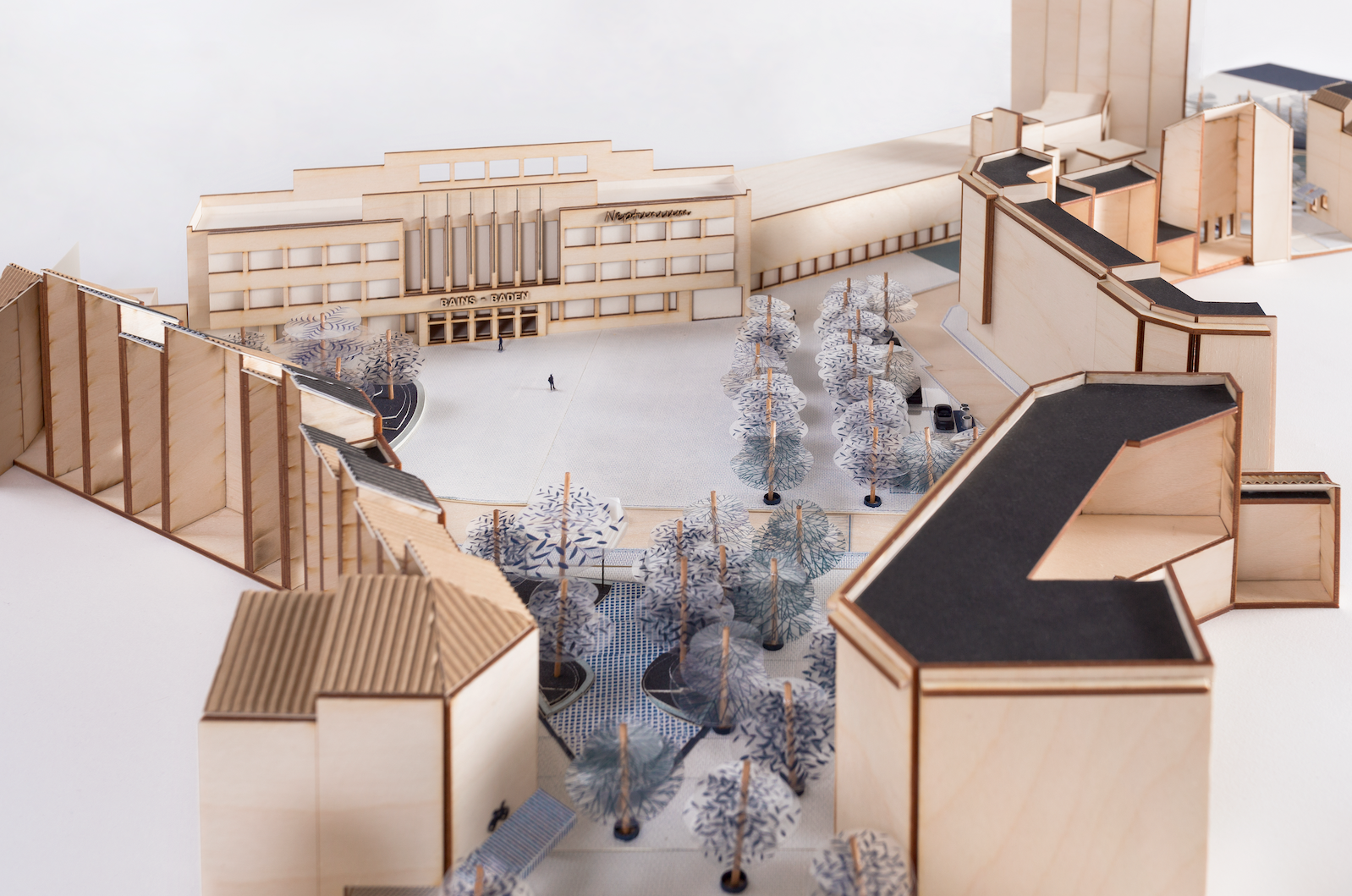

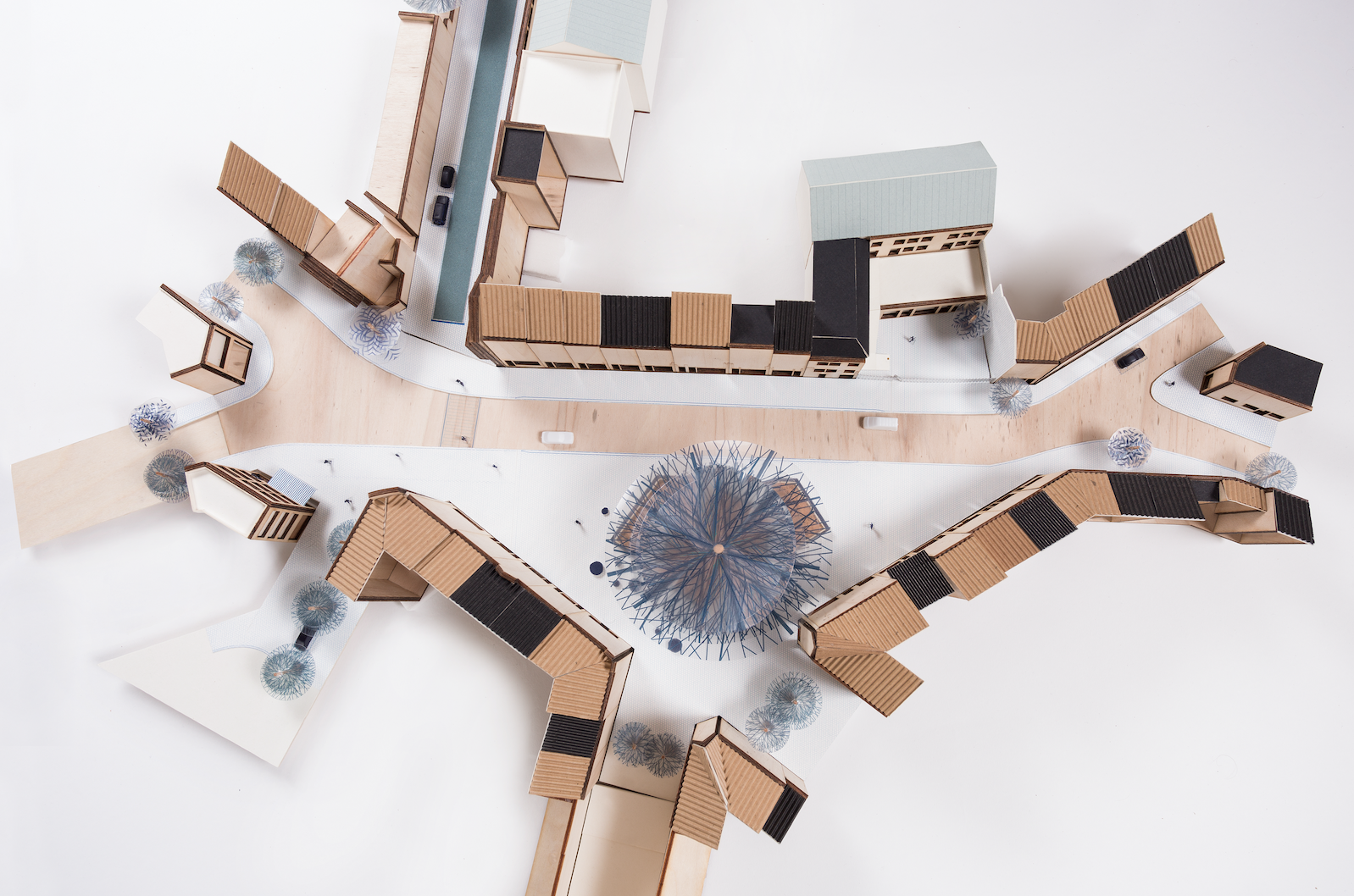


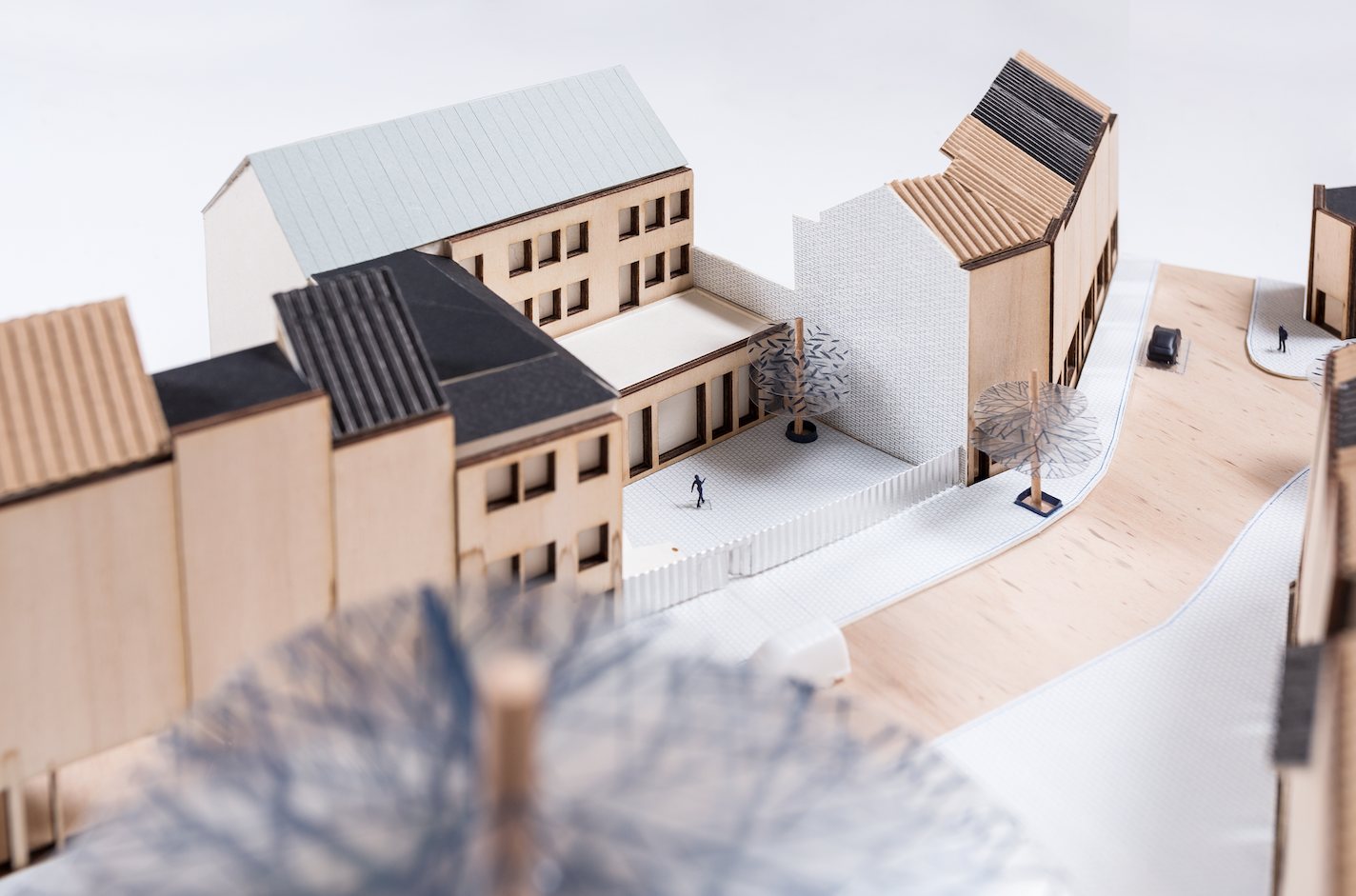
The green oases
With these ambitions in mind and driven by intense participatory co-construction work, the project takes the form of a redesign of the grounds and the creation of abundantly planted green oases that reinforce the continuity and legibility of the public spaces, encourage their appropriation and enhance their environmental qualities.
Surrounded by large benches, the oases create urban lounges in the car-free central areas of the neighbourhood. The de-asphalted roads are returned to the public space, which is paved with cobblestones recovered from the demineralised areas of the ‘oases’: by this circularity, the neighbourhood is transformed. The high-quality architectural setting is restored.
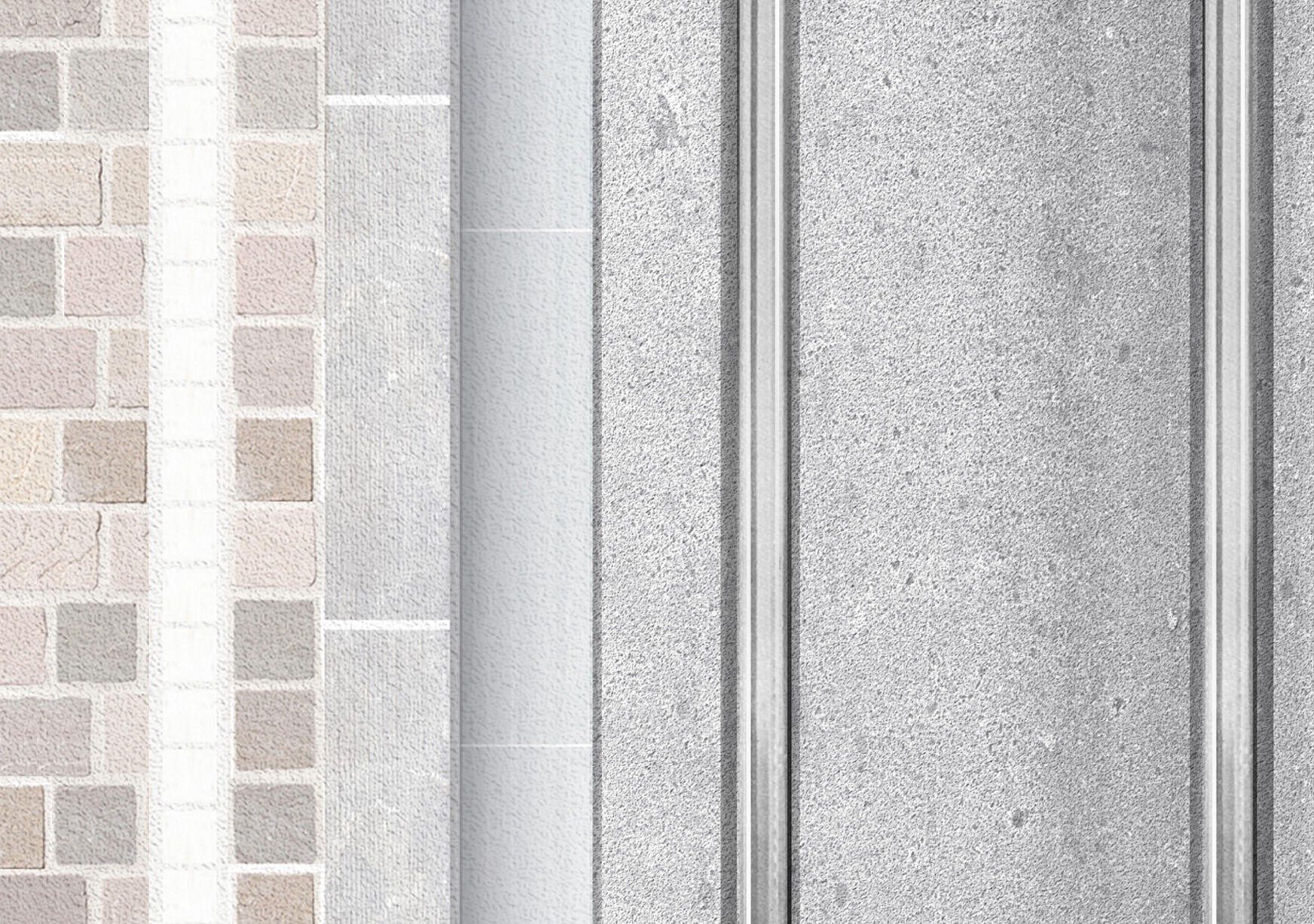
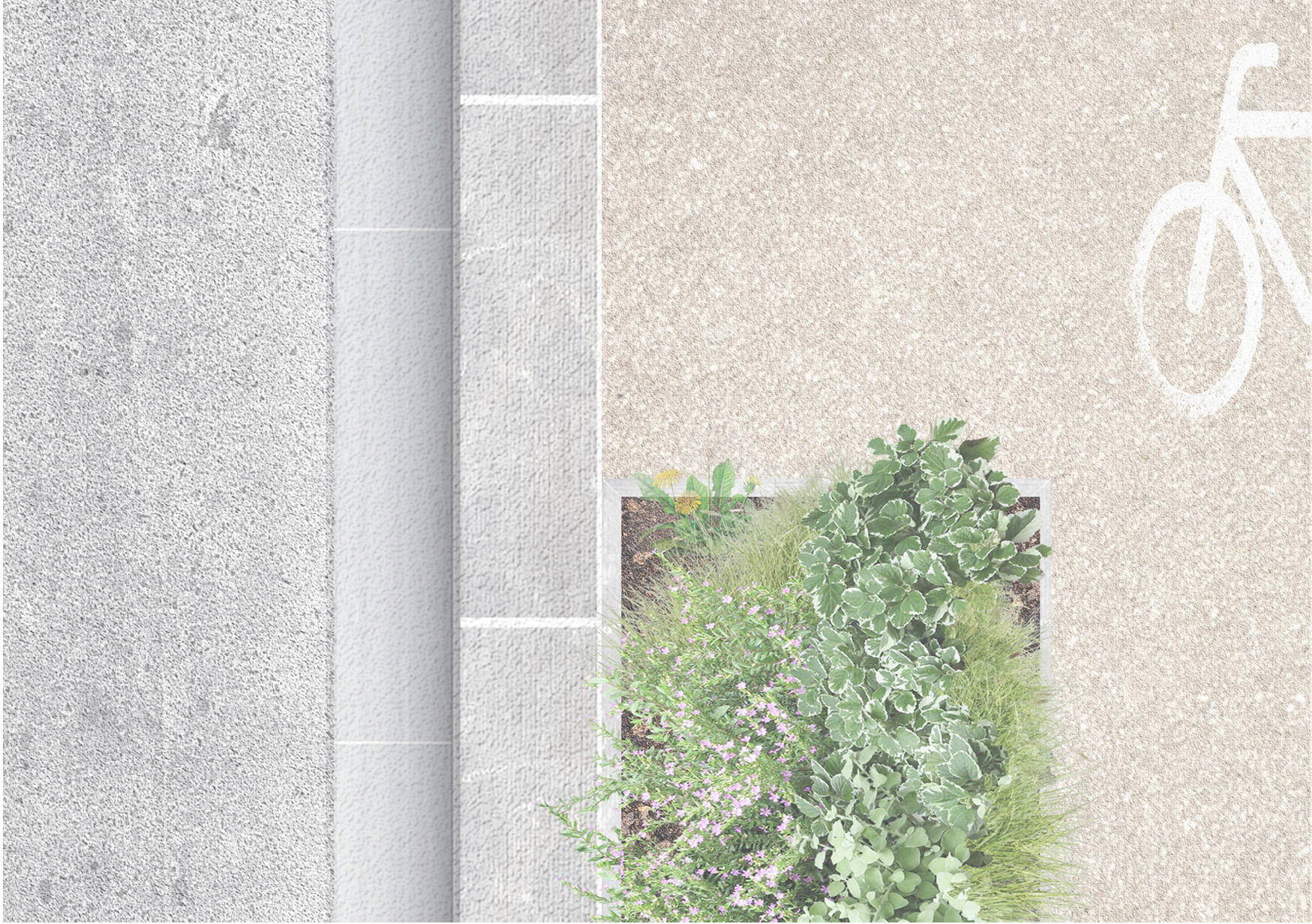
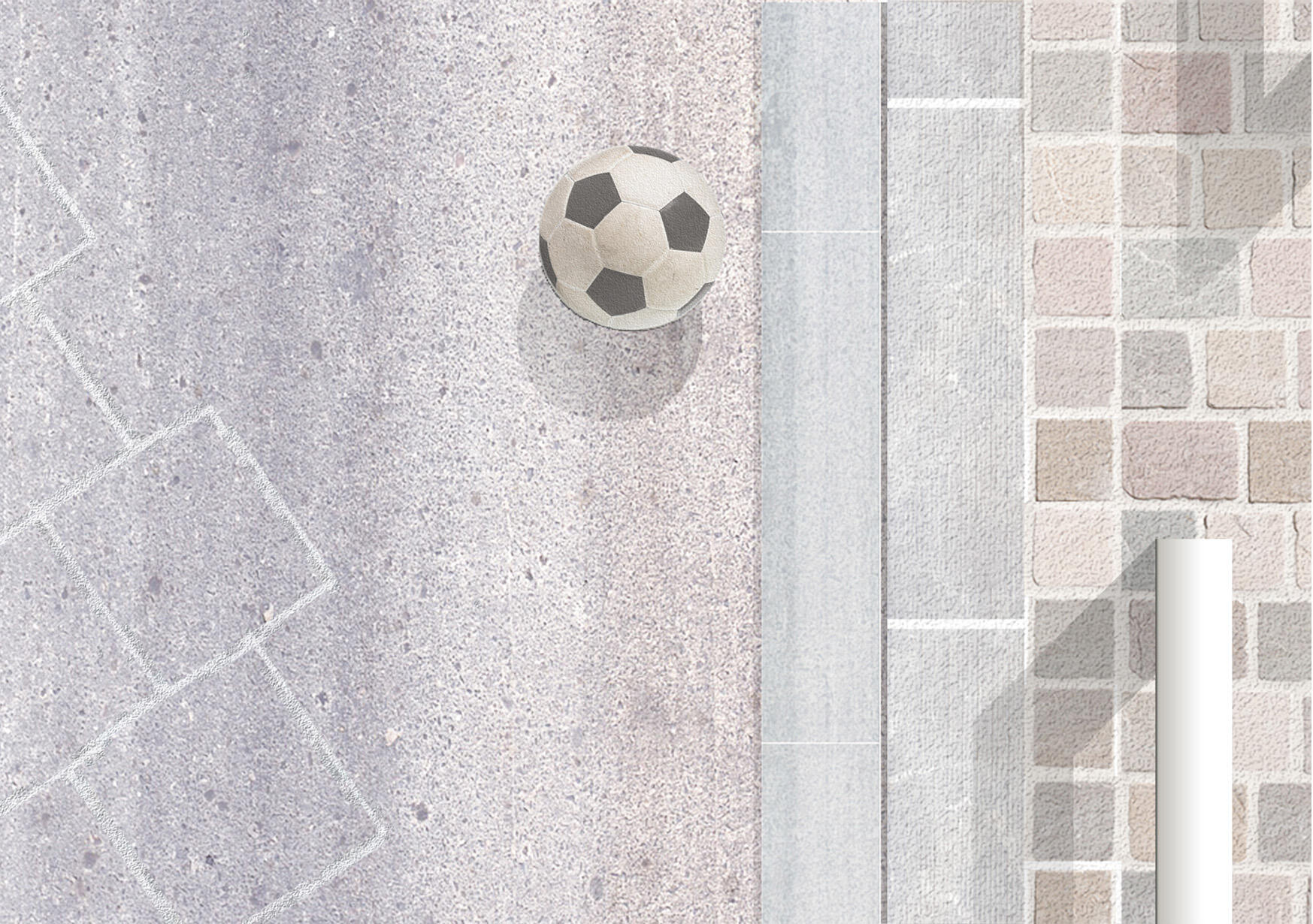
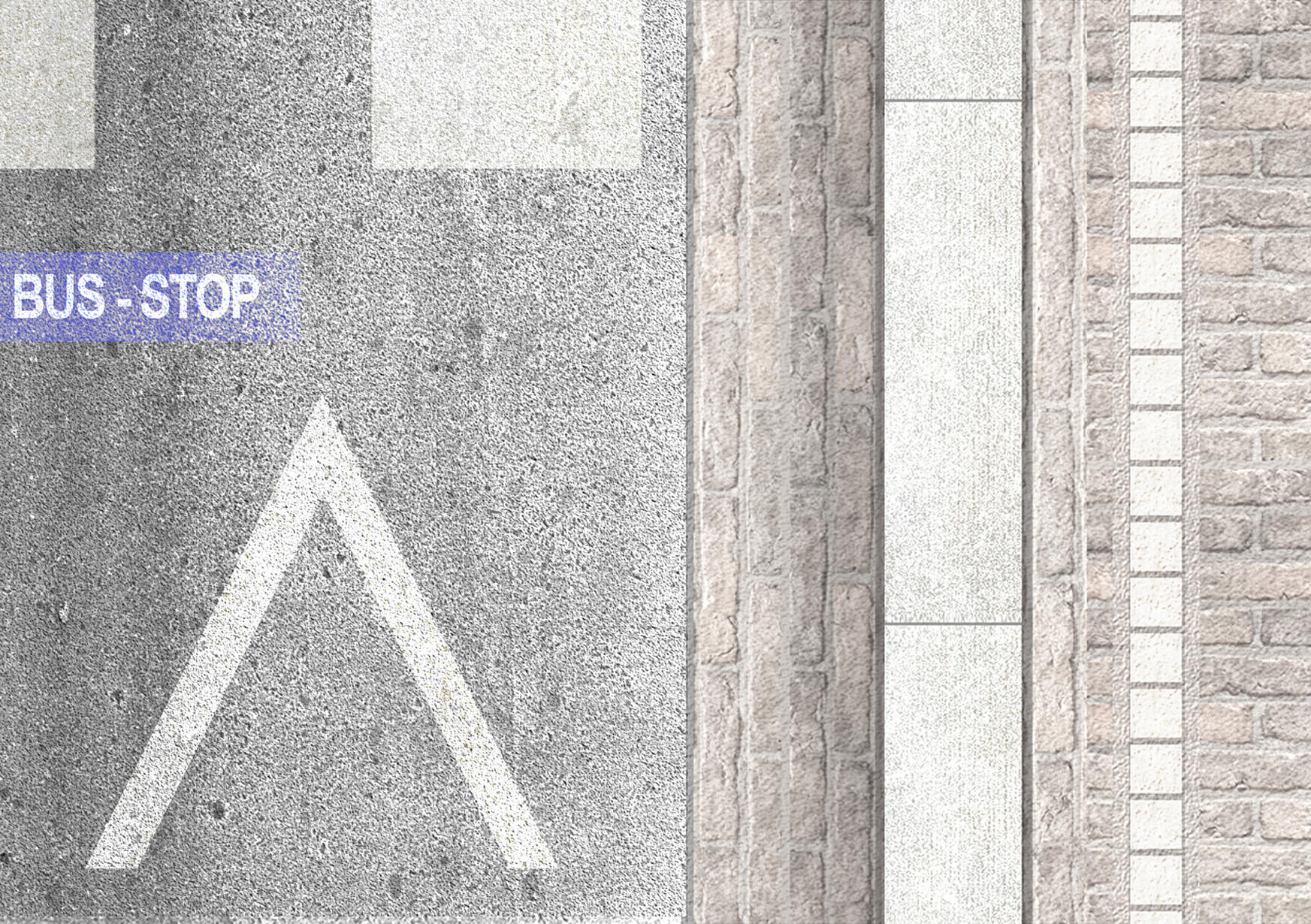
A new landscape of playfulness
Rue Verwée, which has been converted into a school street, features the flamboyant architecture of the town hall in the background.
Place Pogge has regained its terraces and easier access to the shops on the ground floor. Here, people wait for the tram while sitting on the edge of this oasis.
The same goes for the bus on Place de Houffalize, where the Neptunium swimming pool has been given a large forecourt lined with trees that guide the route to Rue de Jérusalem and the Josaphat Park. The square is made for children, with various play areas close to the routes and public transport.
The scattered installation, in the form of a podium or seating, of old diving boards recovered from the swimming pool are a nod to the history of the neighbourhood and the passage of time. As is the water fountain installed at the top of the Place de Houffalize, whose water trickles down to the ground, evoking the site's original location at the bottom of the valley. This omnipresence of play in forms open to everyone is the driving force behind a new vitality of public spaces, which are proposed as spaces for physical and spatial connections throughout the neighbourhood, but also for intergenerational connections for the shared pleasure of being together in a spirit of conviviality.






